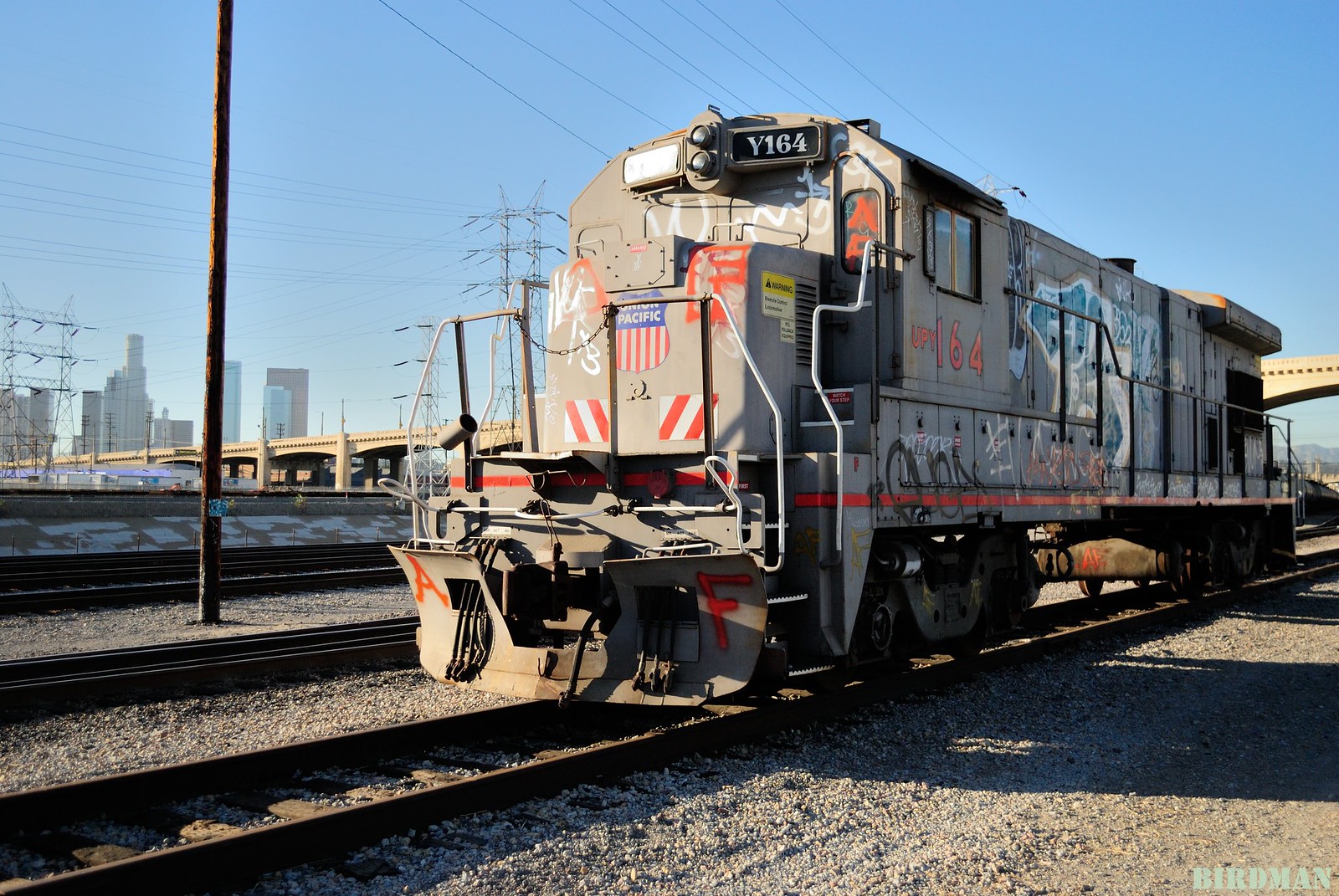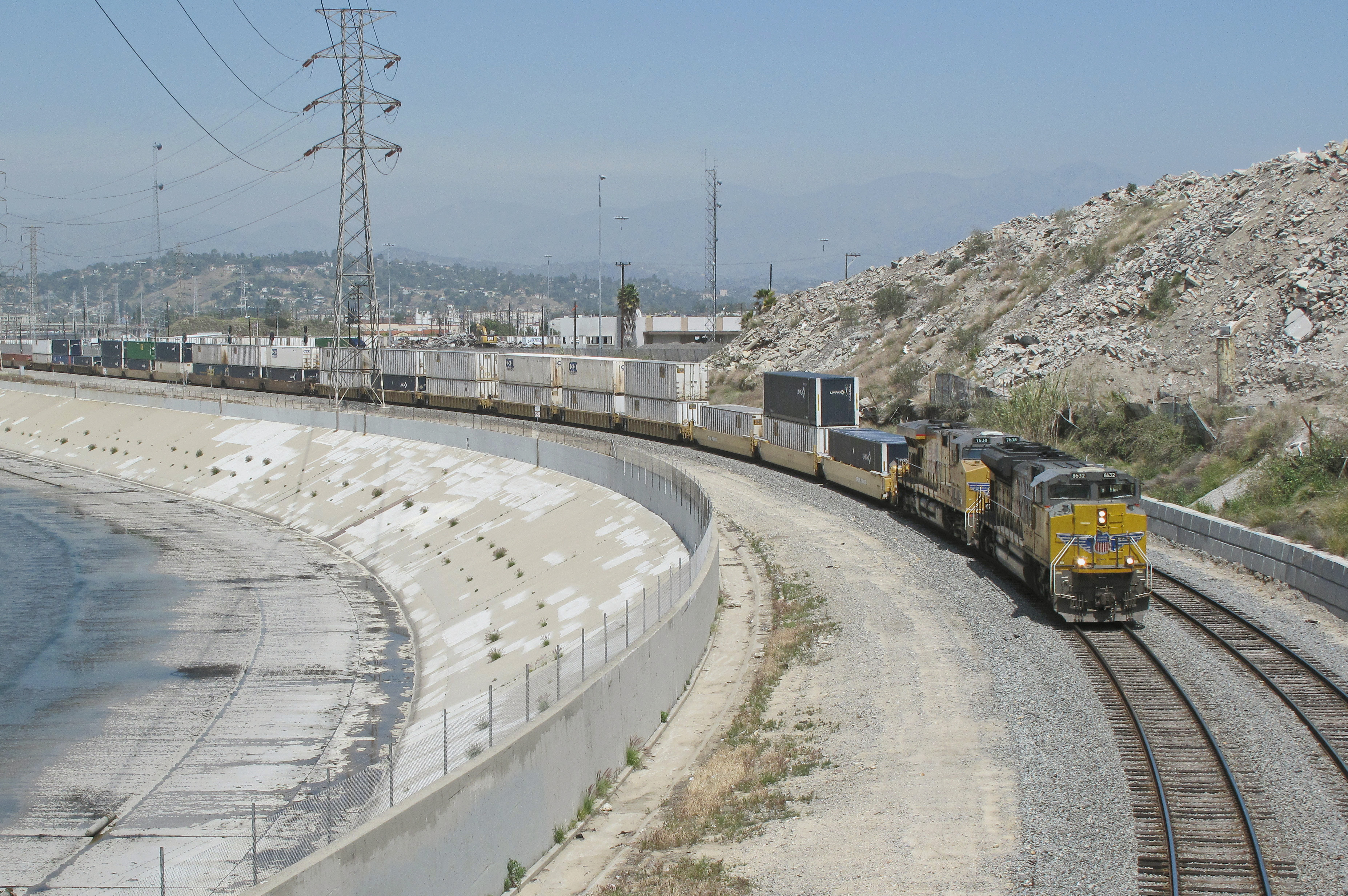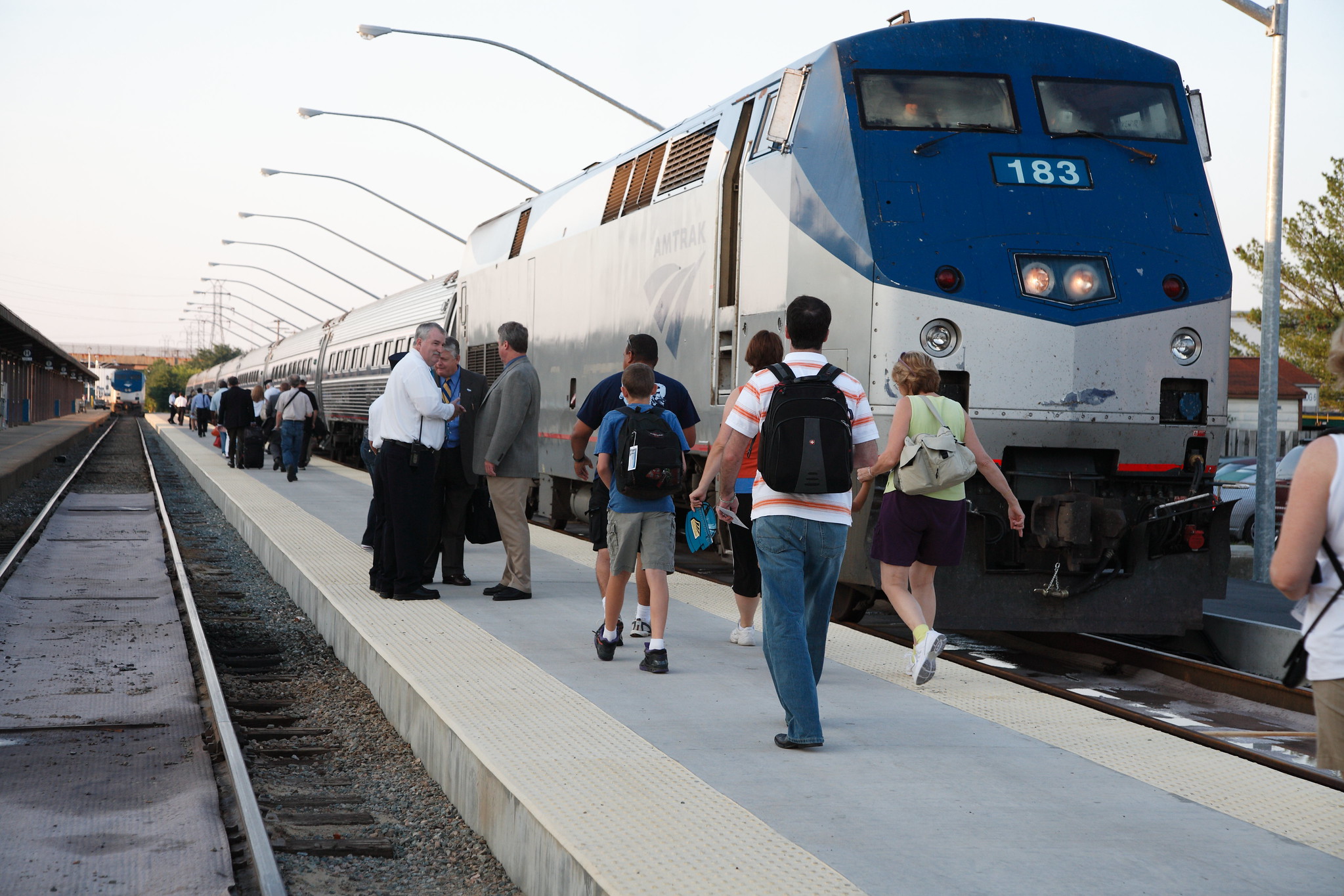|
|
Update: In November 2023, EPA revised its old locomotive preemption rule, giving states and local governments clarity on their authority to regulate pollution from locomotives. This was a huge win for environmental justice and climate advocates. The decision, consistent with the recommendations below, reversed a 25-year loophole that forced communities living and working near railyards and ports to breathe dangerous locomotive pollution. The timing of the rules means states like California should be able to preserve their own state standards regulating locomotives and engines, though the fight continues against industry litigation and lobbying. |
Trains should be a climate solution. But in the U.S., the freight rail system is causing both climate change and environmental injustice.
Polluting freight train and truck routes often run through or parallel to communities of color and low-income communities, which bear the brunt of the pollution from vehicles and engines. Living near freight railroad infrastructure comes with a slew of transportation pollution-related health issues: The freight rail system emits more carbon pollution than many states do.
More than 13 million people in the U.S.—predominantly people of color and lower-income individuals—live and work near railyards, rail lines, and ports. In other words, over 13 million people are directly impacted by locomotive pollution and unjustly living through poor air quality and dangerous health issues that are literally cutting lives short. Locomotive exhaust contains pollutants like particulate matter (PM), which burrows deep into lungs to poison people, as well as nitrogen oxides, which create a lethal form of air pollution called smog—directly linked to heart, lung, and cardiovascular disease and asthma.





